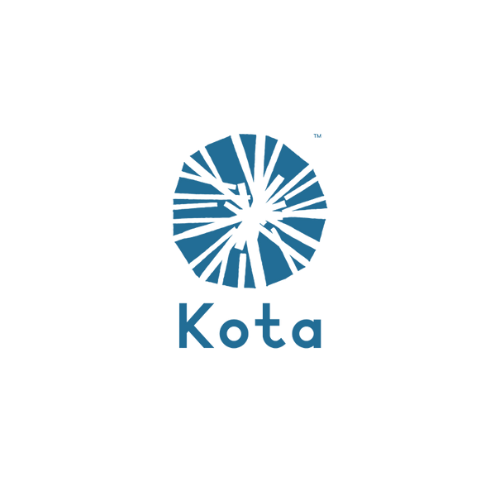Green Button: What a German Initiative Can Do for the Textile Industry
By Clare Boegel
What is Green Button?
Based in Germany, Green Button is a certification that a textile product meets social and environmental standards. For a product to have a Green Button label, 46 requirements that address sustainable and ethical production must be met. With a Green Button label attached directly to the product, shoppers can easily identify a sustainably manufactured textile in products from clothes to tents.
How does this help consumers?
Greenwashing is a marketing tool used by companies to make products appear sustainably made without any substantive changes to production processes. Basically, claiming to be sustainable when they are not. Green Button is a government seal, with federal inspections taking place for Green Button certification. This ensures that all products with the Green Button label are meeting the same high standards, which are all available via their website.
What about companies outside of Germany?
Good news! Despite being only a little more than a year old, Green Button is already international! Not only are companies from abroad able to get their products certified, but the Green Button was designed to comply with the World Trade Organization. A Danish company has already been Green Button certified, and more international companies are currently in the process.
What does this mean for the fashion industry?
Sustainability is a complex issue, and for a typical consumer doing in-depth research on each piece of clothing bought is impractical. Green Button provides a standardized bar for companies to meet, and an accessible way for consumers to recognize sustainable, ethical products while shopping. With the Green Button already expanding internationally, it is a hopeful sign towards a future where sustainability is not an exception, but a part of life under universally recognized standards.
Green Button is especially exciting in that it brings together the private and public sectors for a common goal. It is a promising sign of collaboration between stakeholders, organizations, companies, and countries. Bringing this cooperation into the very human daily experience of deciding how to clothe our bodies is a signal not only to a greener future for textiles, but a greener way of being.


